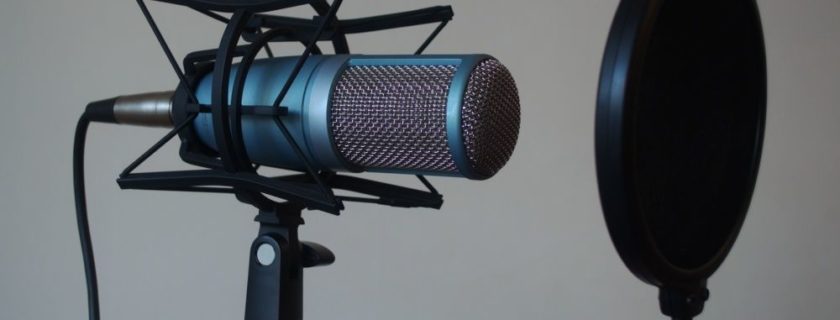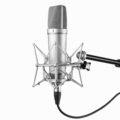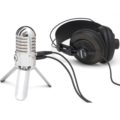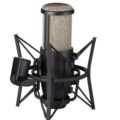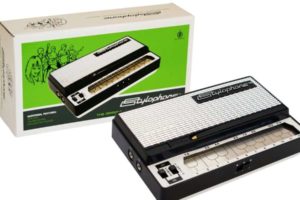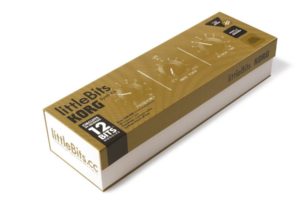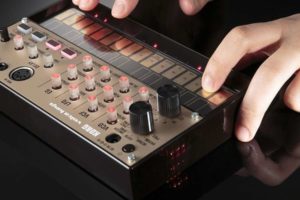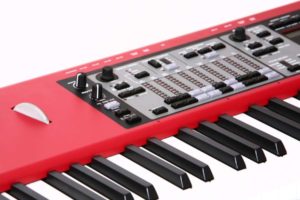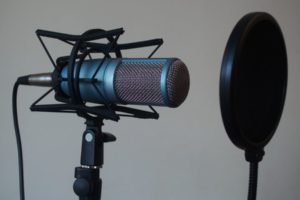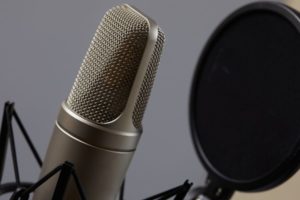A good and reliable studio microphone is an essential and indispensable instrument in any recording studio. The type of studio microphone you use greatly influences the quality of your recording output.
There are several types of studio microphones available in the market right now. There are the condenser studio microphones that are good for recording vocals, drum overheads, and even acoustic instruments, for it can handle a wide frequency spectrum.
The dynamic studio microphone, on the other hand, is another type of studio mic that works well in recording sounds of high-pressure levels, making it the perfect tool to record sounds coming from bass, drums, and guitar amps. The two other microphone types are USB and ribbon microphones. Below are the four (4) types of microphones.
- Condenser Microphone – It has a diaphragm which vibrates when sound pressure is introduced. It is the best option for studio recording and is preferred more often by recording artists.
- Dynamic Microphone – It has a thinner and lighter diaphragm compared to a condenser microphone. The movement of conductors within the magnetic field creates an audio signal in a dynamic microphone. It is considered the best choice when it comes to bass drum and electric guitar studio recording.
- Ribbon Microphone – The electric signal is created by the vibration of thin contracting ribbons within a magnetic field of the ribbon microphone. It has a high side rejection and symmetrical on both the rear and front sides. The ribbon microphone is the perfect choice for cymbal recording.
- USB Microphone – The newer and innovative type of microphone. It usually has a built-in digital converter and preamp. It is usually used as a computer microphone. A USB microphone has an accessible USB port that can be connected to any device that is USB compatible.
However, when you search for a studio microphone on the internet, you will be faced with a lot of brands and types of studio microphones to choose from. This can be a little overwhelming at first, especially when you have no firsthand experience with microphones and recording instruments.
To help you in your search, you should always keep in mind what you will use the mic for. The best microphone for you will depend on whether or not you will use the microphone with your computer, to record vocals or speeches, or to record instrumental sounds like strings, drums, and pianos.
In line with that, here are five of the must-have studio mics available on the market now. The studio microphones are available in price ranges starting from $ 100 up to $ 700.
Behringer C-1
Type: XLR, condenser, large diaphragm
Price: under $ 100
Polar pattern: Cardioid
Compatibility: acoustic, vocals, live performance, recording
Features
- picks signal & rejects off-axis sounds
- has transducer with shock mount & pressure gradient
- record neutral sounds & cancels noise
Blue Bluebird
Type: condenser, large diaphragm
Price: around $ 300
Polar pattern: Cardioid
Compatibility: vocals, acoustic, electric, piano, drums, strings, horns
Features
- 2 kHz to 10 kHz bump
- Handles high sound pressure levels
- Solid built
- Includes pop filter, shock mount, wooden case
- 3-year warranty
Neumann TLM-102
Type: condenser, large diaphragm
Price: under $ 700
Polar pattern: Cardioid
Compatibility: acoustic, vocals
Features
- 20 Hz to 20 kHz frequency range
- Pressure gradient transducer
- Optimal SPL at 144 dB
- Full & crisp sound for vocals and acoustic
- Considered as one of, if not the best, studio microphone on the market now
Shure KSM42
Type: condenser, large diaphragm
Polar pattern: Cardioid
Compatibility: acoustic, vocals
Features
- Creates rich & warm sounds
- Strong signal for low noise
- Made of top quality material
- Little to no peaking
- Top competitor of the Neumann microphone brand
AKG C14
Type: condenser, large diaphragm
Price: under $ 100
Polar pattern: Cardioid
Compatibility: acoustic (especially R&B and rap), vocals, strings
Features
- 20 to 20 kHz audio frequency
- 20 mV sensitivity
- 200 Ohms impedance
- Switchable bass cut filter
- Dual capsule system
- Open top end for wider pickup
